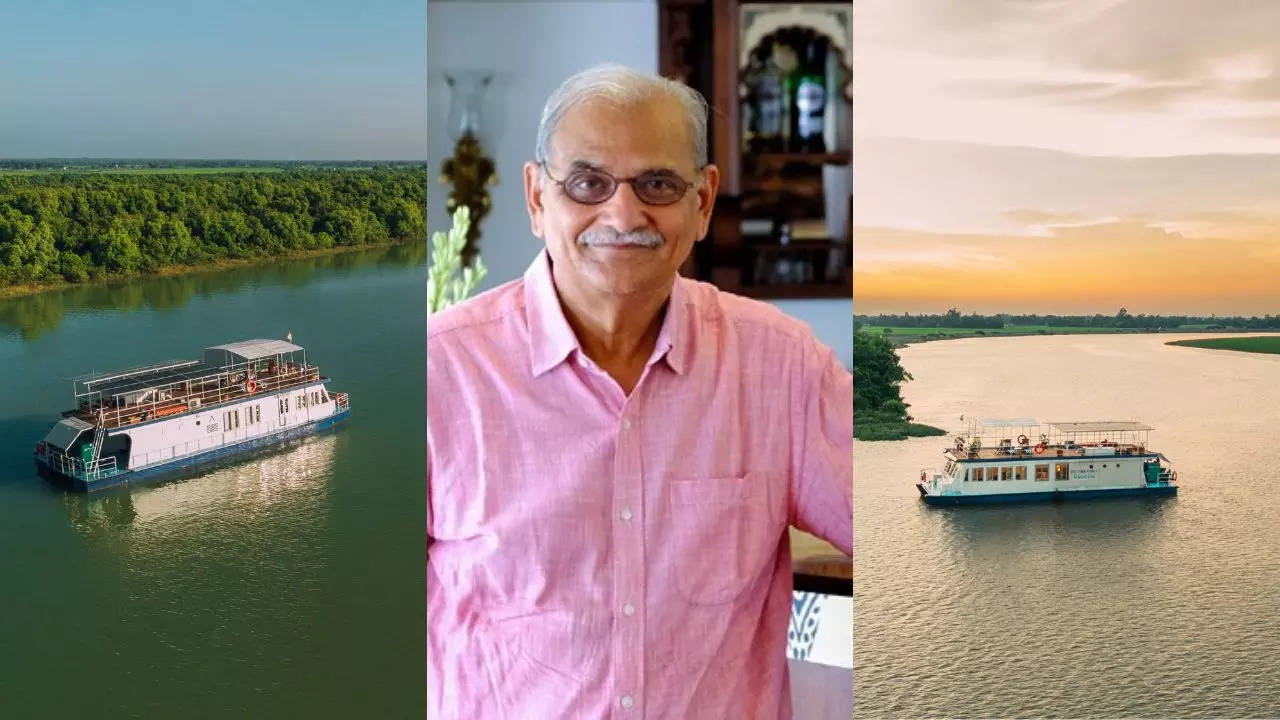Sixty years ago, on October 1, 1964, the Shinkansen set off from Tokyo to Osaka, marking a new era of rail travel. It’s hard to believe that when the project was proposed, there were protests over land acquisition, concern over cost and whether it was really needed in an era in which air travel was being democratised. Similar debates are now happening in India around its 508-km Mumbai-Ahmedabad high-speed rail corridor.
But there are many arguments to be made in favour of a bullet train nation. Decades of rapid economic growth have strained India’s venerable railway system. Highways and roads seem to fill with traffic congestion no matter how many new lanes are added.
A rising middle class has propelled India’s aviation market to third in the world by passenger volume, projected to reach 500m per year by 2030. There is clearly demand for fast, long-distance travel. And there are millions of Indians willing and able to pay for it.
A nationwide network connecting India’s largest cities at speeds of 300 km/h or more would transform the country. One could zip from Delhi to Mumbai in under five hours or from Bengaluru to Hyderabad in just over two. In China, bullet trains have been so successful that airlines have stopped flying between some cities, such as Zhengzhou and Xi’an.
Even for longer distances where flying might be slightly faster, bullet trains are often preferred for their punctuality, comfort, and reduced hassle at the station. Bullet trains, though more ene.


















